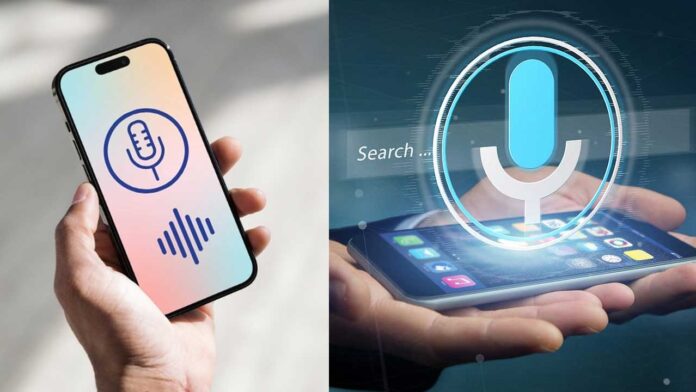Time isn’t just money—it’s the rhythm of business. Imagine operating an entire workstation without touching a single key. That’s no longer a luxury. The Voice Access app for business is redefining interaction, shifting workflows from hand-driven effort to voice-enabled precision. This isn’t about convenience—it’s about creating entirely new channels of productivity.
Designed for the Demanding Pace of Business
Unlike consumer-grade voice tools, business-focused voice access apps respond to rapid, context-specific commands. They’re tuned for multi-tasking environments where delays mean missed opportunities. Executives, analysts, and marketers now rely on voice-controlled interfaces to manage data, initiate communication, and control systems without switching tabs or lifting a finger.
Beyond Accessibility: A New Efficiency Model
Originally developed for accessibility, the Voice Access framework has transcended its first purpose. Now, it’s a core business utility. Companies are discovering that voice-led operations reduce hand strain, minimize screen fatigue, and allow continuous focus. Whether it’s handling CRM updates or setting appointments, spoken commands are replacing manual drudgery.
When Voice Navigates Enterprise Software
Large-scale enterprise tools like ERPs and project management suites can feel complex. Voice Access apps offer a shortcut through that maze. By mapping common workflows into vocal commands, these apps transform tedious navigation into natural language actions. The result is a significant cut in onboarding time for new employees.
AI-Powered Understanding of Business Jargon
Generic voice tools struggle with business-specific vocabulary. But modern voice access apps are trained on vertical lexicons. A logistics manager can say “update last-mile status,” while a finance officer might say “generate quarterly variance.” The app understands, thanks to AI models tailored to professional speech patterns and terminologies.
Hands-Free Collaboration Across Departments
Collaboration is often broken by interruption. Voice Access enables seamless interaction between software, data, and people. While working in spreadsheets, a team member can command the app to “share with finance” or “log into client folder.” These background actions happen instantly, keeping users immersed in their core work.
Voice as a Layer of Security
Security often slows workflows, but not here. Modern business-grade Voice Access apps come with layered biometric voice authentication. This ensures that only recognized speakers can trigger sensitive actions. It adds security without passwords, tokens, or cards—just by recognizing the vocal signature, which is harder to replicate than fingerprints.
Remote Control of Cloud Tools
Cloud-based applications are the backbone of modern enterprises. Voice Access apps are now integrated with major cloud suites, allowing voice-activated document editing, task management, and virtual meetings. Executives on the move can lead teams, approve documents, or retrieve analytics without touching a laptop or screen.
Customizable Voice Maps for Industry-Specific Tasks
No two industries use software the same way. Voice Access apps let businesses customize command maps. A law firm might prioritize dictation and document control, while a retail chain focuses on inventory updates and sales reports. This tailoring ensures that voice commands don’t just work—they accelerate.
Voice as a Tool for Business Continuity
In times of crisis—be it health emergencies or field restrictions—voice interfaces ensure uninterrupted access to systems. Employees working with injured limbs, or in hands-busy situations like warehouses, rely on Voice Access to maintain operations. It’s no longer a backup tool; it’s central to resilience planning.
Enhancing Inclusivity and Productivity Simultaneously
Business tech should empower everyone. Voice Access opens new opportunities for professionals with physical challenges or neurodiverse conditions. Companies benefit from a broader talent pool and from interfaces that adapt to varied communication styles. Inclusion is no longer an HR initiative—it becomes a core productivity strategy.
Download App
Voice Insights: Data Through Conversation
Business analytics tools often bury insights under dashboards and menus. Voice Access now allows leaders to speak queries like “compare Q2 revenue with last year” or “show customer churn rate.” These spoken questions generate real-time insights. The voice becomes both the trigger and the lens into enterprise data.





